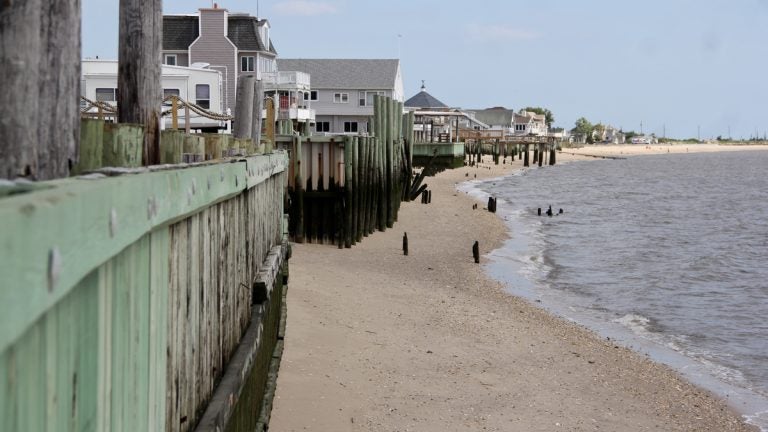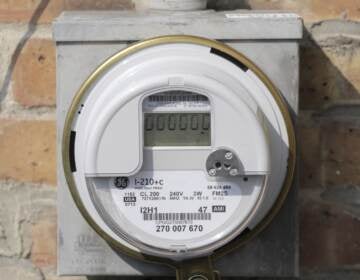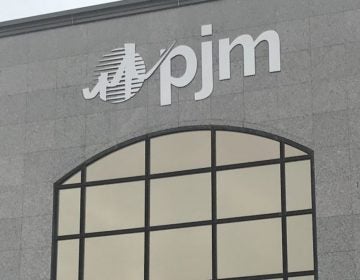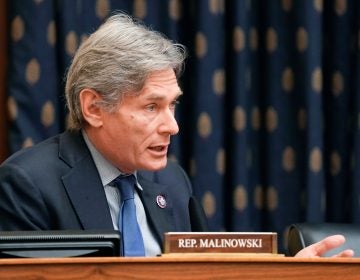Study finds state aid weighted against South Jersey’s poorest cities
The most economically distressed municipalities in South Jersey receive nearly a third less state aid than similarly impoverished cities and towns in Central and North Jersey.

The bayfront town of Fortescue in Downe Township, New Jersey, received no CMPTRA aid in its most recent budget, according to state records. (Emma Lee/WHYY)
Here’s the good news: There is no geographical disparity in state aid, on average, between South Jersey and the rest of the state.
Here’s the bad news: There is a disparity if you look only at the poorest cities in the lower part of the Garden State compared with the poorest cities up north.
New research from Rutgers University shows that the most economically distressed municipalities in South Jersey receive nearly one third less state aid than similarly impoverished cities and towns in Central and North Jersey.
The study, which tracked state aid to municipalities from 2008 to 2016, lent credence to the widely held belief that South Jersey gets short shrift when it comes to funding from Trenton.
“There is a regional gap,” said Michael Hayes, an assistant professor of public policy at Rutgers-Camden, who did the research. “But it’s a very particular subset of South Jersey municipalities that are receiving less: It’s the poorest.”
The findings, released Thursday, were a follow-up to similar work done by Rutgers researchers in 2016, who found that South Jersey counties received less state aid than counties in Central and North Jersey.
Hayes’ report, sponsored by the Senator Walter Rand Institute for Public Affairs, noted that the most economically distressed 10 percent of South Jersey municipalities received 33 percent less state aid than the poorest cities and towns in the rest of the state. (He measured “economic distress” by taking into account a municipality’s child poverty rate; the percentage of residents with college degrees; the percentage of residents with less than a high school diploma; and the unemployment rate.)
For wealthier New Jersey municipalities, there was no regional gap in state aid.
According to Hayes, the substantial gap between the poorest cities is largely due to disparities in Consolidated Municipal Property Tax Relief Aid, or CMPTRA, which the state distributes to help cities and towns fund their municipal budgets without hiking local property taxes.
And the gap has been widening. The study showed that the disparity between state aid to poor South Jersey towns and poor Central and North Jersey towns increased by 50 percentage points over the nine years that were studied.
Hayes did not attribute the funding gap to any single cause, but he said it could be the result of disparate political influence among the different regions of the state or the unintended consequences of current state policies.
“I’m not sure how you balance that without raising taxes,” said Tabernacle Mayor Joseph Barton, at a presentation of the report on Thursday. “Do you redistribute what North and South get?”
Tabernacle received no CMPTRA aid in the 2016 fiscal year.
“How you give less to the North to give more to the South — without increasing the pie — is a challenge.”
WHYY is your source for fact-based, in-depth journalism and information. As a nonprofit organization, we rely on financial support from readers like you. Please give today.




